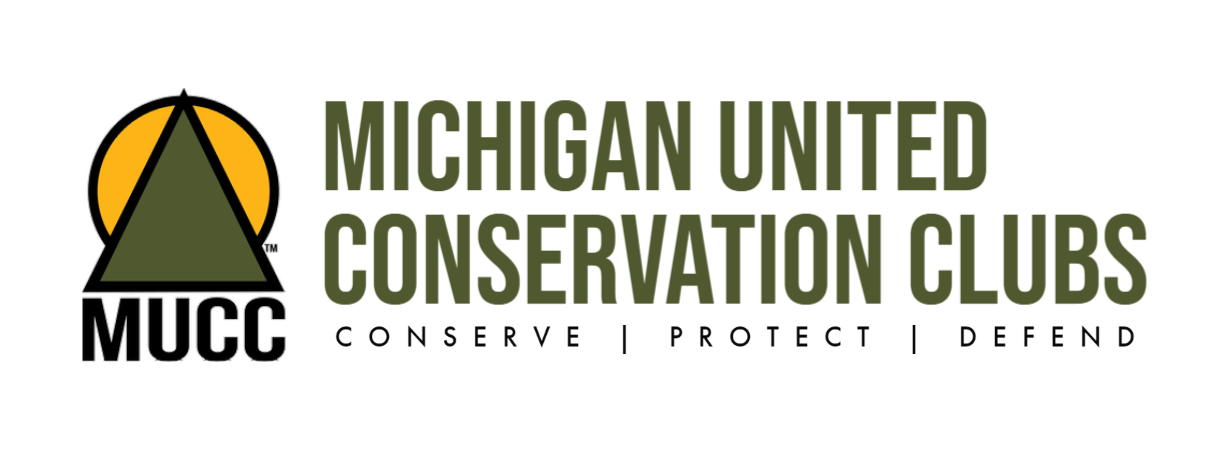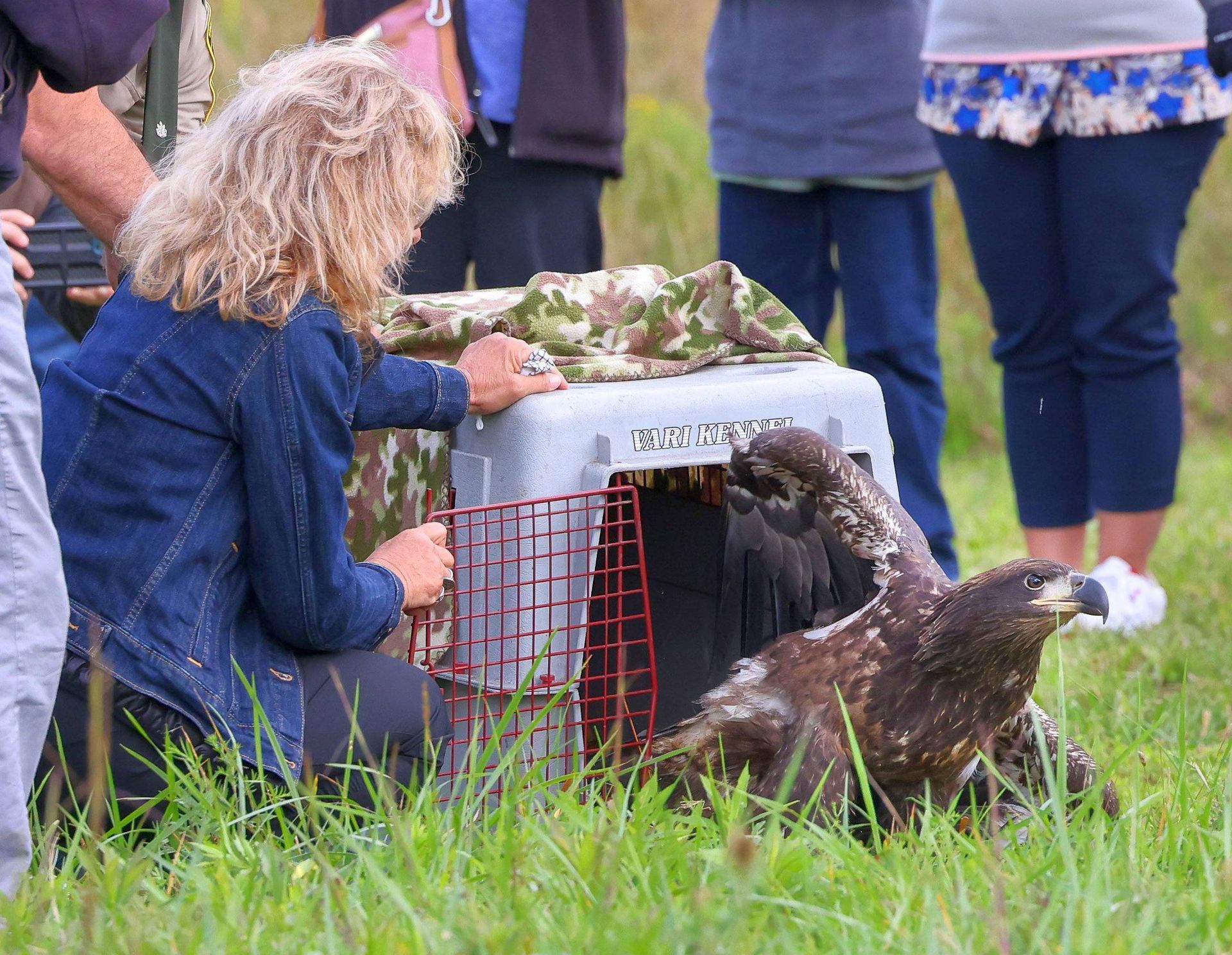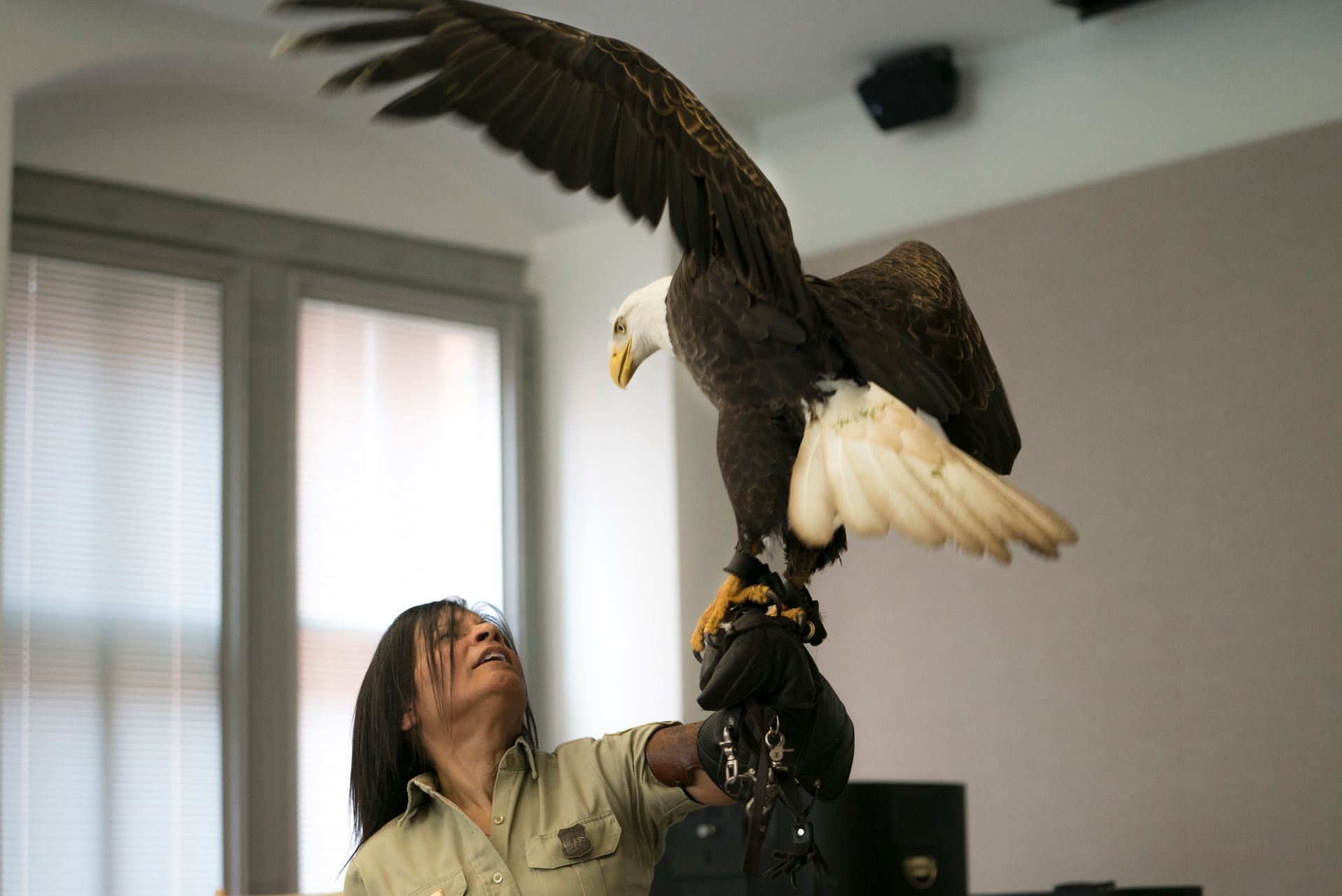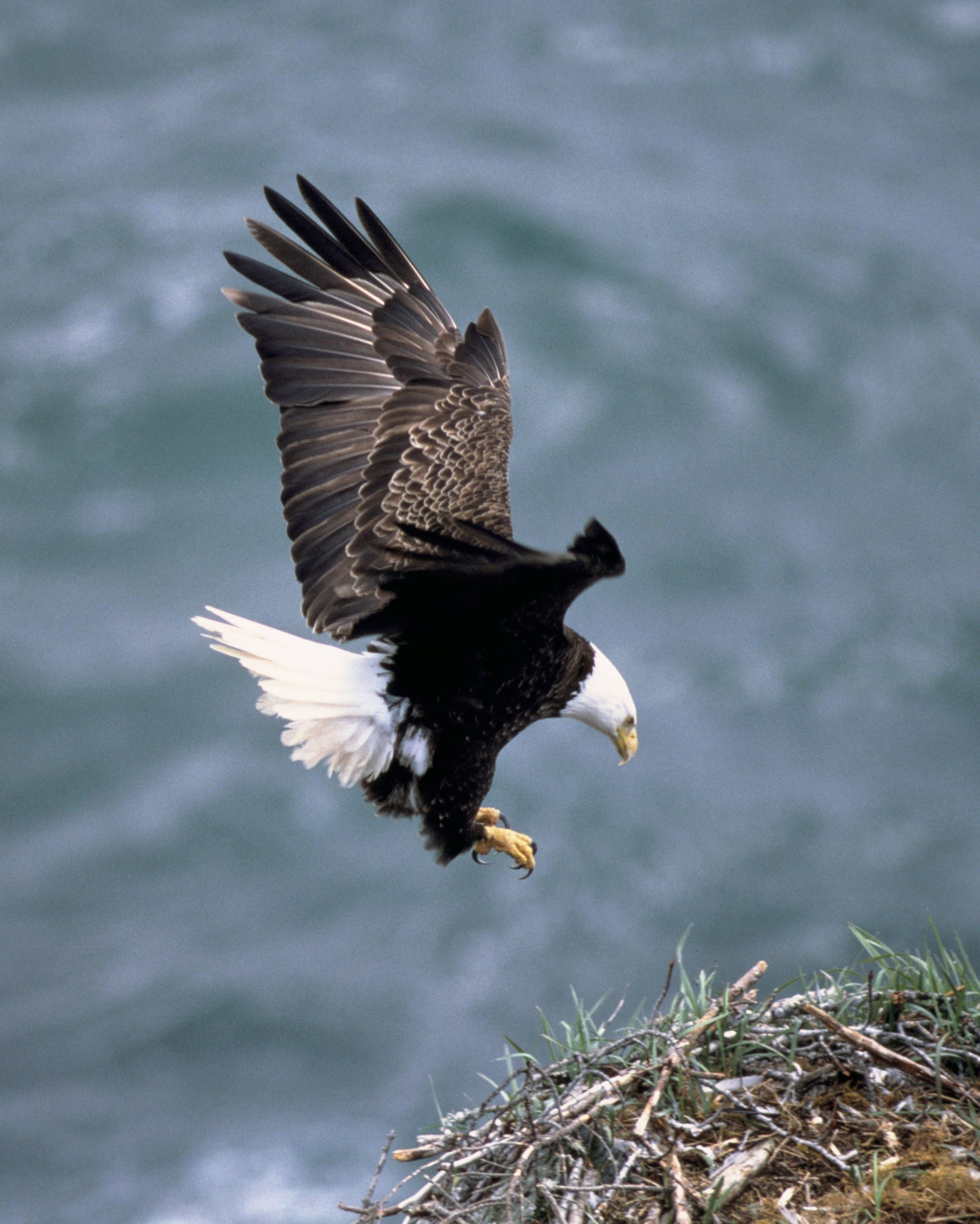Wings of Freedom: The Return of the Bald Eagle
Since 1995, American Eagle Day has been celebrated on June 20th in recognition of the national symbol of the United States of America, the bald eagle (Haliaeetus leucocephalus). Unlike July 4th, celebrating the nation’s independence, this day represents the historical determination of this species as a national symbol for the country in which it was designated on the Great Seal in 1782. This declaration is also meant to highlight the bird of prey and its perseverance to become a great conservation success following near extinction, according to the American Eagle Foundation (AEF).
History
As a bird of prey, the bald eagle is a predator of smaller birds and other animals, leading to many eagles being hunted as habitat transitioned into settlements over time. However, the relationship between predator and prey creates a balance in nature to keep populations in check based on resource availability at each level of the food chain. Without these balances, other forms of population control, like disease, have a greater opportunity to take place. After hunting was recognized as a source for declining populations, the Bald Eagle Protection Act of 1940 was passed to prohibit killing, selling, or possessing the species, according to the US Fish and Wildlife Services (USFWS).
Challenges for this bird did not stop over time; in fact, chemical runoff of DDT (dichlorodiphenyltrichloroethane) may have been one of the most significant hurdles for the bald eagle, leading to the near extinction of the species. The wide use of this chemical led to weak egg shells, decreasing overall population regeneration, indicated by lower numbers during the banding periods by 1947. Rachel Carson’s publication of Silent Spring was one of the leading books conveying the alarming message about conservation, which led to the government banning DDT application. The restrictions of this chemical kick-started the conservation efforts to re-establish the populations of bald eagles.
Conservation
In the decades since the banning of DDT and hunting bald eagles, breeding and hacking programs were established to increase the survival rates of young eaglets as part of the reintroduction process to their native ranges. AEF breeding and hacking began in 1992, in which non-releasable breeding pairs were entrusted to incubate and care for the eaglets, which were released from hacking towers 6-8 weeks later. The release from towers occurred in different areas in need of recovery due to bald eagle behavior tending to return to natal nesting sites after 4 to 5 years, when they reach sexual maturity. In naturally occurring habitats, eagles can be found in snags, large trees, or utility poles near open water for foraging, which can be key characteristics when looking for a site needing conservation attention for bald eagles.
Current Status
As of 2025, bald eagles are not listed federally but are considered a species of special concern for Michigan. USFWS conducted a population survey in 2020 across the lower 48 states, which identified over 316,700 individual birds and over 71,000 occupied nests. Today, many eagles can be spotted across the state nesting and hunting, showing their majestic pattern off from high in the sky.
Characteristics
The bald eagle is a raptor of substantial size with a wingspan from 6 to 7.5 feet, according to Michigan Natural Features Inventory (MNFI). As a predator, they have large feet tipped with sharp claws and a sharp, curved beak. Most people recognize the bird by their white head and tail with a dark body; however, immature birds (typically younger than 5.5 years) are similar in size with a mottled appearance to their dark brown bodies.
Learn More
The American Eagle Foundation has more resources available on their website about American Eagle Day and the states that have declared a proclamation for American Eagle Day. To get more detailed information on bald eagles in Michigan, check out MNFI’s occurrences table. If you are looking for a more local organization working to conserve habitat for wildlife, consider joining Michigan United Conservation Clubs and our fight to conserve, protect, and enhance Michigan's natural resources and outdoor heritage. Other options to help conserve Michigan include making donations or volunteering for wildlife habitat improvement.








